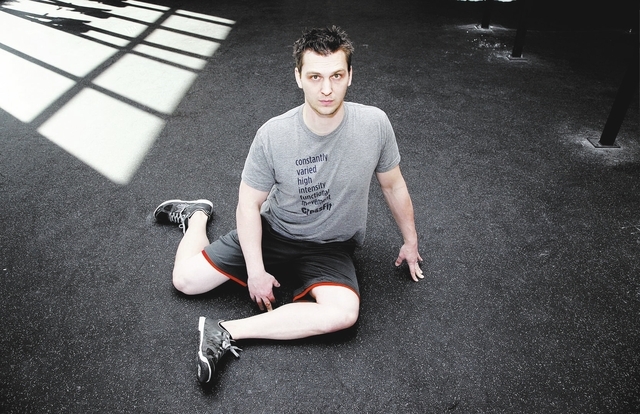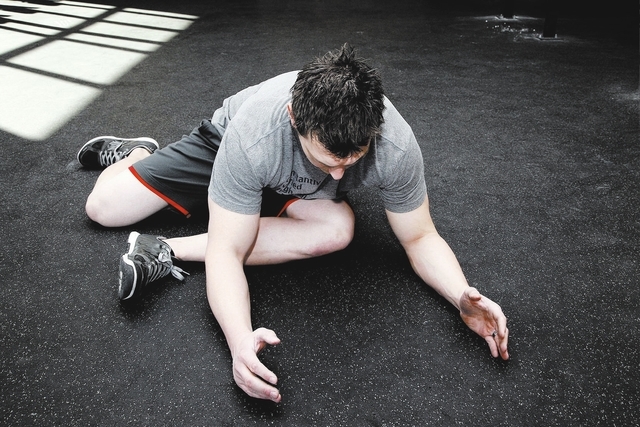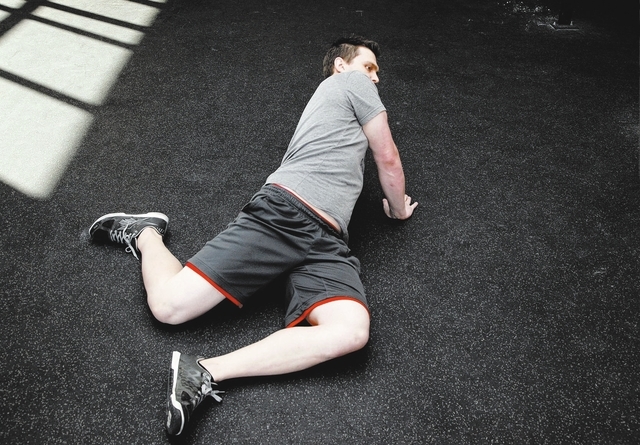Stretch for success, and remember to breathe



I recently took an impressive continuing education course with the Stretch to Win Institute. Owners Chris and Ann Fredrick have spent a few decades researching and perfecting their stretch techniques.
Stretching and improving professional football players as well as dancers, gymnasts, other athletes and clients has proven their methods work. Today’s glute and QL stretches come from their work and can also be found in their book “Stretch to Win.”
I love sharing these two particular stretches with my athletes because of their maximal impact with little to no pain.
Much of the theory behind their methods is based on the work of Thomas W. Myers and his book “Anatomy Trains.” Muscles are not connected only to bones. They are connected to bone, other muscles, nerves and skin by fascia. Stretching one muscle means you also are stretching others to some degree.
”Anatomy Trains” maps these muscle connections so we can better understand how the body works. When one muscle is affected by a stimulus it affects the others around it to some degree. Similar to how wrinkling the corner of your shirt will leave a fold down the whole front side, muscles will adapt to a stimulus and it could have a larger reach than you think.
For example, one tight muscle on the outer thigh could affect the whole side of your body. Stretching the muscles below and above it could help release tension in that muscle and aid in keeping it loose in the long term. If you have a consistently tight muscle or area, it is possible to have other tight areas along that line as a result.
Loosening the associated muscles can aid in long-term relaxation of that muscle.
These muscle lines are not exclusive to one another; they intersect and share muscles. That’s where today’s stretches come in. They are the sites of some major intersections for most of these lines. The glutes are a major engine for the body, so it is not surprising that it is an intersection for a number of lines.
The quadratus lumborum, or QL, is in the lower back just above the hip bone. It connects the top of the hip bone to the lower rib and lumbar vertebrae. Given its location, it is easy to see why the QL is a muscle and nerve superhighway.
Since the glutes and QL are so integrated, stretching these areas can help release tension throughout the whole body. There are a few self-stretching techniques I took away from the course.
The first is to use breathing. Through breathing, we can tap into our nervous system. Short, shallow breaths can raise the heart rate and prepare a person for movement. Long, deep breaths can help relax the nervous system and let it calm down. If you can’t get a muscle to give way then check your breathing first.
The second is traction. This sounds painful and complicated but it is just the opposite. Creating traction helps the nervous system stand down its fight-or-flight response so you can get a deeper stretch without that over the top and painful stretch sensation.
The third is to stretch the muscle in multiple planes of movement. Muscles move your limbs in an infinite number of degrees. So stretching them in only one plane doesn’t make much sense. Gentle oscillations at the edge of the stretch sensation can go a long way to help a muscle relax. It is also not painful.
Remember, pain is a nervous- system response to tighten muscles and prepare for action. Avoid intense pain to facilitate an environment in which your body can relax. Go to the edge of when you first start to feel that stretch sensation. Take a deep breath and gently oscillate in small circles.
Chris Huth is a Las Vegas trainer. He can be reached at 702trainer@gmail.com. Consult your physician before beginning any exercise program.












